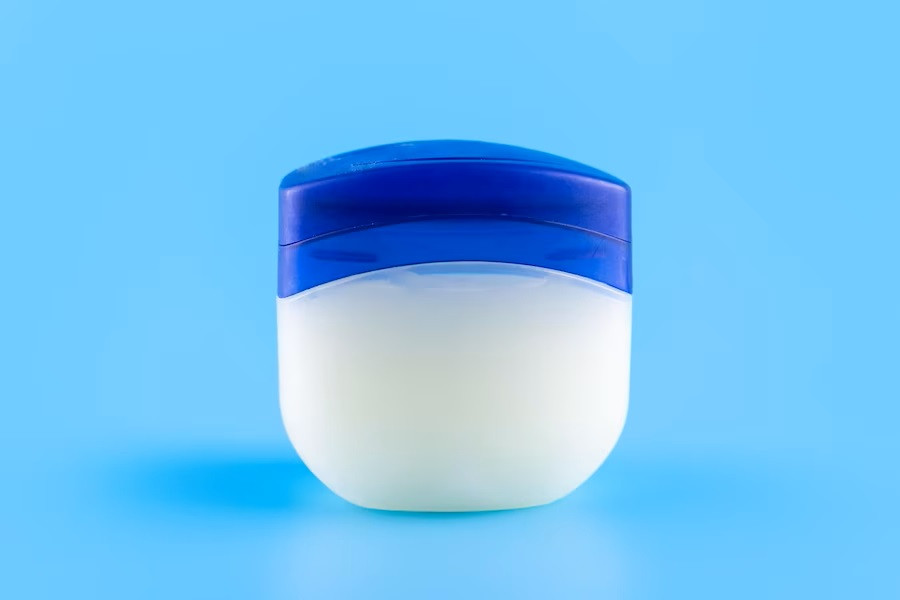Eksfoliasi merupakan langkah penting dalam perawatan kulit, termasuk kulit wajah guna memperbaiki tekstur kulit, mengurangi pori-pori tersumbat, mengurangi jerawat dan meningkatkan sirkulasi darah ke permukaan kulit. Walau memiliki banyak peran penting, eksfoliasi wajah sebaiknya tidak dilakukan terlalu sering karena penggunaan berlebihan dapat merusak dan menyebabkan iritasi kulit.
Mengenal Dua Tipe Eksfoliasi Wajah
Sebelumnya Anda perlu tahu bahwa ada dua metode utama eksfoliasi kulit, di antaranya:
- Eksfoliasi mekanis yang melibatkan penggunaan alat atau scrub yang mengandung butrian halus seperti gula, garam, biji-bijian, atau partikel lain, kemudian digosokkan secara manual ke kulit sehingga sel-sel kulit mati terangkat
- Eksfoliasi kimiawi yang menggunakan bahan kimia seperti asam alfa hidroksi (AHA) dan asam beta hidroksi (BHA), atau enzim buah-buahan untuk mengangkat sel-sel kulit mati dengan lembut
Baca Juga: Ciri-Ciri Kulit Kering dan Problem Kulit yang Dialami
Cara Aman Eksfoliasi Wajah di Rumah
Memilih metode eksfoliasi adalah preferensi setiap orang. Namun, Anda perlu mengetahui cara aman melakukan eksfoliasi wajah di rumah. Menurut ahli dermatologi, berikut adalah cara yang direkomendasikan:
Memilih metode yang tepat
Sebelum melakukan eksfoliasi wajah, Anda perlu menyesuaikan metode eksfoliasi kulit dengan jenis kulit. Kulit kering, sensitif atau rentan terhadap jerawat lebih cocok menggunakan metode eksfoliasi kimia. Produk dengan bahan kimia seperti AHA atau BHA cenderung mengangkat sel-sel kulit mati dengan lembut tanpa menyebabkan gesekan fisik. Ini membantu mencegah iritasi pada kulit yang sensitif.
Sedangkan kulit berminyak dan tebal dapat memilih eksfoliasi mekanis untuk membantu mengangkat penumpukan minyak dan sel kulit mati berlebihan.
Memilih produk eksfoliasi
Langkah berikutnya adalah memilih produk eksfoliasi yang tepat. Beberapa bahan seperti retinoid atau benzoil peroksida dapat membuat kulit lebih sensitif dan rentan terhadap pengelupasan berlebihan. Lebih baik memilih produk seperti AHA atau BHA yang lebih lembut bagi kulit.
Melakukan dengan lembut
Baik metode mekanis maupun kimiawi, Anda perlu melakukan eksfoliasi dengan lembut. Gunakan gerakan melingkar kecil, sapuan ringan dan menghindari tekanan berlebihan agar tidak menyebabkan kerusakan pada perlindungan alami kulit. Amati pula respons kulit saat melakukan eksfoliasi. Jika Anda merasakan adanya iritasi, kemerahan, atau sensasi terbakar, maka segera hentikan dan bilas kulit dengan air bersih.
Baca Juga: Ciri-Ciri Kulit Berminyak dan Permasalahan yang Dialami
Jaga kelembapan kulit
Setelah melakukan eksfoliasi, langkah penting berikut yang perlu dilakukan adalah mengaplikasikan pelembap untuk mengembalikan dan menjaga kelembapan kulit. Tanpa kelembapan yang cukup, kulit akan menjadi kering, kasar dan, bahkan iritasi setelah eksfoliasi.
Selain itu, kulit yang terhidrasi dengan baik akan memiliki kemampuan lebih baik dalam menjaga keseimbangan pH dan melawan faktor-faktor lingkungan yang dapat merusak kulit.
Menemukan jadwal yang tepat
Kulit mengalami perubahan dan rutinitas karena cuaca atau musim sehingga kebutuhan eksfoliasi tidak selalu sama. Di cuaca yang lebih dingin kulit cenderung kering sehingga Anda perlu mengurangi frekuensi eksfoliasi. Sebaliknya, di cuaca yang lebih panas kulit cenderung lebih berminyak sehingga Anda perlu meningkatkan frekuensi eksfoliasi.
Apabila Anda tidak yakin dalam melakukan eksfoliasi secara mandiri di rumah, Anda bisa berkonsultasi dengan ahli kulit dan melakukannya di klinik kecantikan profesional. Bila memiliki pertanyaan lain seputar kesehatan kulit, Anda bisa memanfaatkan layanan konsultasi kesehatan dengan mengunduh aplikasi Ai Care melalui App Store atau Play Store.
Mau tahu tips dan trik kesehatan, pertolongan pertama, dan home remedies lainnya? Cek di sini, ya!
- dr. Monica Salim
Sasha Santhakumar (2023). How can a person exfoliate their face naturally?. Available from: https://www.medicalnewstoday.com/articles/exfoliate-face-naturally
American Academy of Dermatology Association. How to Safely Exfoliate at Home. Available from: https://www.aad.org/public/everyday-care/skin-care-secrets/routine/safely-exfoliate-at-home
WebMD (2023). What to Know About Skin Exfoliation. Available from: https://www.webmd.com/beauty/what-to-know-skin-exfoliation
Lauren Sharkey (2020). Everything You Need to Know About Chemical Exfoliation. Available from: https://www.healthline.com/health/beauty-skin-care/chemical-exfoliation
Evan Starkman (2023). AHA and BHA for Skin: What to Know. Available from: https://www.webmd.com/beauty/aha-bha-skin-exfoliate
Mary Anne Dunkin (2023). Retinoid Treatment and Your Skin. Available from: https://www.webmd.com/beauty/retinoid-gel-and-cream-treatments
Angela Palmer (2023). Salicylic Acid vs. Benzoyl Peroxide For Acne. Available from: https://www.verywellhealth.com/benzoyl-peroxide-vs-salicylic-acid-15844
Harvard Medical School (2019). Moisturizers: Do they work?. Available from: https://www.health.harvard.edu/staying-healthy/moisturizers-do-they-work











